
Chasteberry, considered a mainstay in the alternative medicine treatment of reproductive tract disorders, menstrual complaints and premenstrual syndrome (PMS), may be helpful in treating your acne. Although studies and clinical trials are required to support the theories, chasteberry may have potential as a natural alternative to reducing acne flareups caused by fluctuating hormones.
Chasteberry Preparation
Chasteberry is an herbal remedy produced from the shrub-like chaste tree native to central Asia and the Mediterranean, which is now also common in the Southeastern United States. The violet flowers produce a fruit that is dried and prepared as a liquid for tinctures or as a solid extract formed into capsules or tablets.
In the Sept. 1, 2005, issue of "American Family Physician," Beatrix Roemheld-Hamm M.D, Ph.D., reported chasteberry’s therapeutic effects are attributed to indirect effects on various hormones, including those linked to acne outbreaks in women.
History of Chasteberry
Women have been using chasteberry for thousands of years to help reduce menstrual problems, including hormone-activated acne, and for a variety of gynecologic conditions. Also known as “monk’s pepper," chasteberry was used in the Middle Ages by monks to decrease sexual desire and preserve chastity.
In the 1950s, a German pharmaceutical firm began producing a standardized extract approved for use in gynecologic conditions such as premenstrual syndrome, cyclical breast discomfort and menstrual cycle irregularities.
Acne Hormone Connection
Acne is caused when an overproduction of the oily substance sebum, secreted by the sebaceous glands, plugs skin pores, producing lesions that are commonly called pimples. During puberty, at times throughout the menstruation cycle and in stress situations, hormones can influence the sebaceous gland to discharge excess sebum, causing outbreaks of pimples.
For these cases, oral hormone contraceptive pills have been used to treat these acne conditions. In 1997, the U.S. Food and Drug Administration approved the use of low-dose birth control pills for acne control. Chasteberry may be able to provide a natural solution by functioning in much the same way.
Chasteberry Potential
Chasteberry contains no hormones or hormone-like substances, but the herb influences the hypothalamus and pituitary glands, and for this reason can help balance hormone fluctuations that are responsible for physical symptoms, including acne.
Monthly periods involve hormone shifts that can cause acne. Chasteberry, by stabilizing the fluctuations, may help keep your skin clear from monthly breakouts in much the same way as low-dose hormone birth-control pills.
More research and clinical trials are required to determine Chasteberry’s effectiveness in preventing acne, however.
Precautions
Both Beatrix Roemheld-Hamm and the National Center for Complementary and Alternative Medicine report that Chasteberry is well tolerated with few side effects or herb-drug interactions. It can, however, cause gastrointestinal problems, acne-like rashes and dizziness. It is contraindicated for use during pregnancy.
Chasteberry is not an immediate fix for acne. Reports from Europe, where chasteberry is the most popular herbal approach to PMS, indicate it can take up to three months of use for chasteberry to exert its effects.
Related Articles

What Are the Benefits of Ashwagandha in ...

Bromelain & Bruising

What Is Aloe Good For?

What Are the Benefits of Extrapone ...
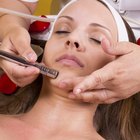
Fraxel Laser Treatment Dangers

Arnica for Acne

Homeopathy Cure for Stretch Marks
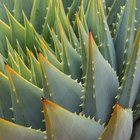
What Are the Benefits of Aloe Vera & ...

Fraxel Repair Vs. Restore Results
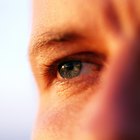
List of Retinoids

How Does Menopause Affect a ...
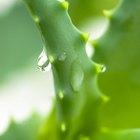
Aloe Ferox Benefits

Aggressive Behavior in Adults
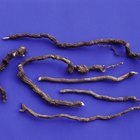
Benefits of Indian Sarsaparilla

The Use of Neem Juice in Skin Care as ...

Chamomile & Aloe Skin Care

Natural Ways to Get Rid of Scabies

How to Reduce Acne Inflammation
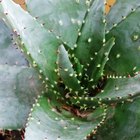
Aloe Vera & Seborrheic Dermatitis

Skin Care Products That Contain ...
References
Writer Bio
Heather MacKenzie-Carey has been writing for the health care industry since 1992 in the areas of prehospital care, crisis intervention, communication and terrorism. She has authored two textbooks for emergency responders. MacKenzie-Carey has a Master of Science in risk management, a homeopathic medicine certificate and is a Bach flower practitioner. She graduated from the University of Leicester in 2001.
Photo Credits
teenage girl with acne 2 image by Kathy Burns from Fotolia.com